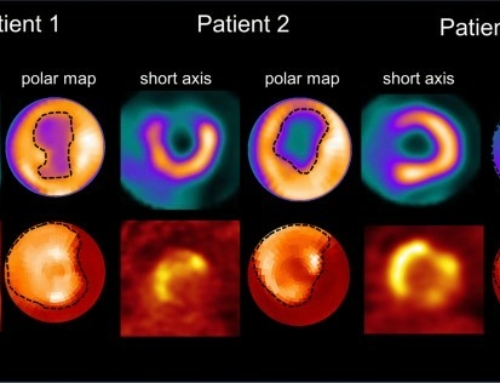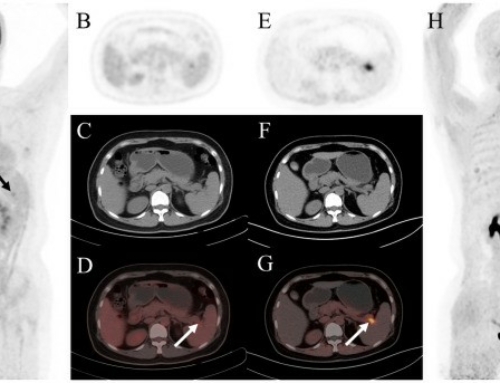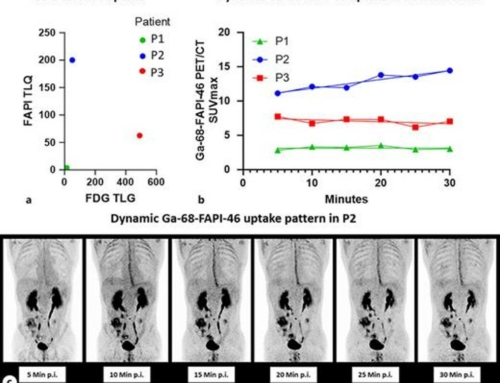Aashna Karbhari, Sherly Mosessian, Kamaxi H. Trivedi, Frank Valla Jr, Mark Jacobson, Mark J. Truty, Nandakumar G. Patnam, Diane M. Simeone, Elcin Zan, Tracy Brennan, Hongli Chen, Phillip H. Kuo, Ken Herrmann, Ajit H. Goenka
Abstract
Background
Pancreatic ductal adenocarcinoma (PDAC) is a lethal disease prone to widespread metastatic dissemination and characterized by a desmoplastic stroma that contributes to poor outcomes. Fibroblast activation protein (FAP)-expressing Cancer-Associated Fibroblasts (CAFs) are crucial components of the tumor stroma, influencing carcinogenesis, fibrosis, tumor growth, metastases, and treatment resistance. Non-invasive tools to profile CAF identity and function are essential for overcoming CAF-mediated therapy resistance, developing innovative targeted therapies, and improved patient outcomes. We present the design of a multicenter phase 2 study (clinicaltrials.gov identifier NCT05262855) of [68Ga]FAPI-46 PET to image FAP-expressing CAFs in resectable or borderline resectable PDAC.
Methods
We will enroll up to 60 adult treatment-naïve patients with confirmed PDAC. These patients will be eligible for curative surgical resection, either without prior treatment (Cohort 1) or after neoadjuvant therapy (NAT) (Cohort 2). A baseline PET scan will be conducted from the vertex to mid-thighs approximately 15 minutes after administering 5 mCi (±2) of [68Ga]FAPI-46 intravenously. Cohort 2 patients will undergo an additional PET after completing NAT but before surgery. Histopathology and FAP immunohistochemistry (IHC) of initial diagnostic biopsy and resected tumor samples will serve as the truth standards. Primary objective is to assess the sensitivity, specificity, and accuracy of [68Ga]FAPI-46 PET for detecting FAP-expressing CAFs. Secondary objectives will assess predictive values and safety profile validation. Exploratory objectives are comparison of diagnostic performance of [68Ga]FAPI-46 PET to standard-of-care imaging, and comparison of pre- versus post-NAT [68Ga]FAPI-46 PET in Cohort 2.
Conclusion
To facilitate the clinical translation of [68Ga]FAPI-46 in PDAC, the current study seeks to implement a coherent strategy to mitigate risks and increase the probability of meeting FDA requirements and stakeholder expectations. The findings from this study could potentially serve as a foundation for a New Drug Application to the FDA.


![Efficacy of [68Ga]Ga-FAPI-PET as a non-invasive evaluation method of liver fibrosis](https://sofie.com/wp-content/uploads/2025/06/info.ibamolecular-500x383.png)
![Comparison of [99mTc]Tc-FAPI SPECT/CT and [18F]FDG PET/CT as predictive biomarkers for immunotherapy response in gastrointestinal cancer](https://sofie.com/wp-content/uploads/2025/06/info.ibamolecular-500x383.jpg)


